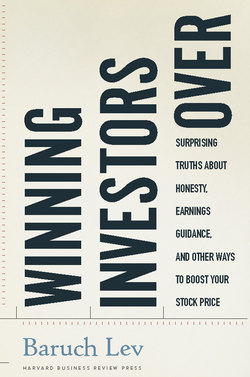Читать книгу Winning Investors Over - Baruch Lev - Страница 33
На сайте Литреса книга снята с продажи.
Charter Communications: No Customer Left Behind
ОглавлениеCharter Communications is a provider of basic and digital cable, high-speed Internet, and telephone services. The SEC contends that in 2001, Charter inflated the number of its subscribers—a key performance and growth indicator for communications and Internet companies—to meet analyst growth expectations and portray itself as a reasonably successful enterprise.21 From 1999 to 2001, Charter reported annual customer growth rates of 3.1 percent, 2.5 percent, and 1.1 percent, respectively. The meager 2001 growth, however, was enabled by a process dubbed internally as “holding disconnects.” This original “growth strategy” was surprisingly simple. Facing an increasing number of customers switching to satellite television and otherwise delinquent or terminating customers, Charter responded by—doing nothing, that is, retaining the deserting customers. This, says the SEC, enabled Charter to pretend that, in 2001, “it was meeting and, at times, exceeding analysts’ expectations for subscriber growth when, in fact, Charter actually experienced flat to negative growth.”22 Whereas the “holding the disconnects” policy took care of the pretense of subscriber growth, Charter also needed to show revenue growth—“show me the money.” This was facilitated by fictitious barter transactions. Charter entered into agreements with set-top box providers adding $20 to the price of a box, and in return the box providers purchased $20 in advertising from Charter, which was duly recorded as revenues to the tune of $17 million in the fourth quarter of 2000. In fact, says the SEC, “no real revenue was generated by these transactions.”23
This scheme highlights yet another aspect of manipulations that makes them unsustainable: manipulating one performance indicator—in this case, subscriber growth—generally requires doctoring other indicators, such as revenue growth.
